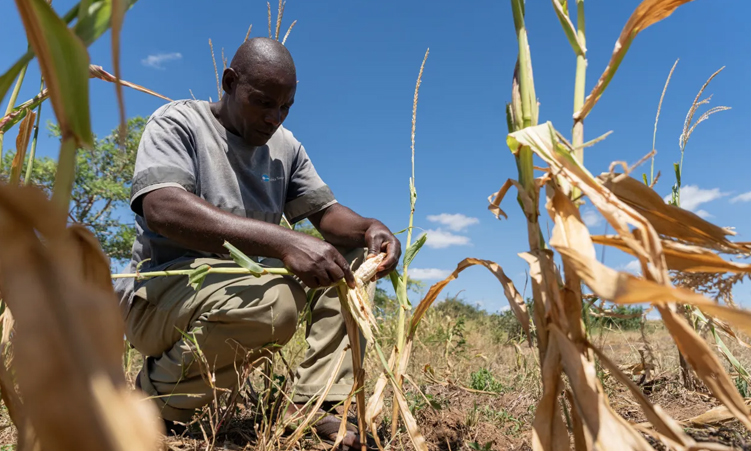Recovering a vehicle could lead to damages, injuries or even death if the safety rules and regulations are not adhered to.
Many off-road and 4×4 enthusiasts opt to take less travelled roads during the festive season and this leads to them often finding themselves stuck in sand, mud or uneven terrains.
It is here where knowledge, skills and the right equipment can be a lifesaver – or, if not applied correctly, a life destroyer.
Accessory Fitment Centre’s Jaco Stassen gives us the dos, don’ts and maybes when carrying out a vehicle recovery.
Stassen says the right equipment is a must and there should be no spectators nearby because the snatch straps or winch cables can injure or even amputate limbs if used incorrectly.
He says death is the worst case scenario.
“Safety first is all that matters,” Stassen says, adding that equipment like bow-shackles, kinetic ropes, snatch straps, tree protectors – needed when winching – soft shackles and tow ropes will be needed.
All equipment is tested under the most hostile conditions to ensure durability for the purpose it was designed and developed for.
“If you have a kinetic rope, don’t use it as a tow rope and vice versa,” Stassen says, explaining that both have different functions in the world of 4×4 recovery.
Often, people make use of a tow hook (or a goose neck) to recover or tow another vehicle, but that is not advisable.
It was not designed or meant for that purpose, solely for towing a trailer or caravan.
The tow ball can turn into a missile if it breaks and cause havoc when it gets airborne, Stassen adds.
When carrying out a recovery, always apply the correct methods, like making use of a fixed recovery hook as most off road vehicles come standard with a fixed point.
Some vehicles are fitted with one or two in the front and at the back, while some come with two recovery points.
These points are normally factory tested and fitted, and are fixed to the chassis or under the body of the vehicle.
Ensure the snatch straps and other recovery equipment are certified to handle extreme weight as any vehicle that is stuck in sand or mud often becomes dead weight, making the recovery process extremely complicated.
Winches and kinetic ropes can break if not used according to instructions, hence, getting the correct and certified equipment and using it according to manufacturer specifications is necessary.
Always open the vehicle’s bonnet which can serve as a shield to protect the driver should anything go wrong.
Stassen says never allow a person in or close to any vehicle under recovery and always make use of the safety blankets over the ropes or cables during the recovery process.
Should any cables or ropes snatch, the weight of the blanket or even a bag filled with sand, will break, likely causing injuries.
“It is very important to use the correct equipment for the purpose it was designed for,” Stassen notes.
Stay informed with The Namibian – your source for credible journalism. Get in-depth reporting and opinions for
only N$85 a month. Invest in journalism, invest in democracy –
Subscribe Now!






